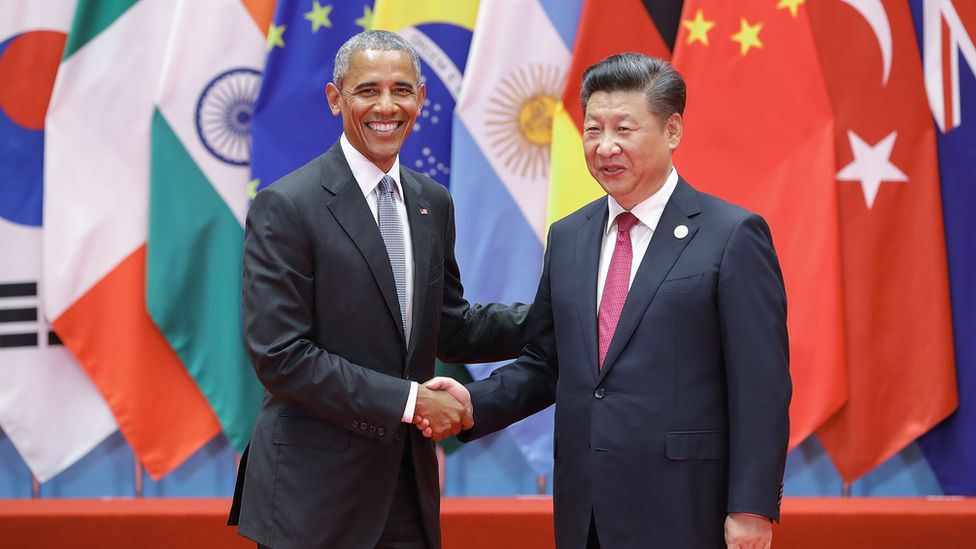Types and functions of telephone sets
Abstract: Introduction to Telephone Knowledge-Classification of Features: It mainly describes that telephones are mainly divided into ordinary telephones, telephones with memory function, semi-hands-free telephones, full hands-free telephones, telephones with long-distance lock, VOIP telephones, etc., and Describe its functions in detail.
Types and functions of telephone sets
As the manufacturer of the most widely used and largest number of telecommunication terminal equipment on the communication network, Shenzhen East Line has become an indispensable part of people’s life and work. The telephone industry grew from small to large, and reached its heyday around 1996, when there were about 400 telephone manufacturers. Due to intensified competition, some small companies have difficulty gaining a foothold, gradually closing down or changing jobs. In recent years, the number of telephone manufacturers has shown a downward trend. At present, there are nearly 200 manufacturers entering the domestic market. With the development of technology and the continuous development of new businesses The variety of telephones is constantly updated, and the functions are becoming more and more abundant. So far, there are more than 400 varieties and styles of telephone products on the market, and the annual sales volume of telephones in China is about 40 million. In recent years, the overall quality of telephone sets has been steadily improving. However, due to the oversupply in the market, fierce competition, and lack of orderly management, individual manufacturers have chosen low-priced components, simplified design and production processes, and relaxed control over the cost in order to reduce costs. Strict quality requirements have reduced the quality of some telephones.
Telephone products can be divided into common button telephones, calling number display telephones, recording telephones, hands-free telephones, SMS telephones, cordless telephones, etc. according to their functions. The functions of the telephone set are distinguished by their models, and users can purchase them in the market according to their own requirements and hobbies. There are two ways of issuing numbers on the telephone, that is, the pulse issuing method and the dual tone issuing method, which are designed to cooperate with the corresponding switchboard. In order to take into account the two systems, pulse and audio compatible telephones are very common, which can be selected by a switch, represented by P/TOPULSE/TONE.
Different telephones have different functions, and consumers can choose what they need.
The following is an introduction to the types and functions of the telephones of Shenzhen East Line Communication Technology Co., Ltd.:
Corded Analog phone
Telephone without additional features, such as ECG-500

Caller ID telephone with memory keys
A telephone with the function of storing multiple numbers in advance, such as ECG-521/TS, where “S” means that it has the storage function ISTORE.

Caller ID corded phone with speakerphone
The phone has the function of dialing without picking up the handle and can hear the signal tone and the other party’s speech. If you want to talk, you must pick up the handle. Such as ECG-528/TSd, where “d” means a semi-hands-free phone.

Caller ID analog phone with full duplex speakerphone
A phone with the functions of dialing, speaking and listening without picking up the handle. Since the current technology adopts the half-duplex system, it often feels uncomfortable in the hands-free state. This is because the transmission is one-way, that is, you cannot speak when you listen, and you cannot listen when you speak. One party cannot hear. Such as type ECG-517, one of the hottest products in the market。

Big button Phone with toll lock
A phone with the function of restricting long-distance calls, such as ECG-314 /TL, where “L” means that it has the long-distance locking function LOCK.

Enterprise SIP Business Phone
ECG-IP503 telephone equipment adopts Spreadtrum 4G LTE five-mode communication module, supports VOLTE high-definition voice calls, the equipment adopts 2.4 240×320 resolution, supports 2.4G WIFI connection, suitable for mobile office occasions.
It has excellent hardware echo suppression and noise reduction effects; supports the standard SIP2.0 protocol, and is compatible with mainstream softswitches, IMS and IPPBX systems on the market, as well as various SIP protocol audio and video terminals.

SIM card cordless desktop fixed wireless phone
SIM Based Cordless Phone GSM FWP Desk Phone Dual SIM. Model: ECG-942 Features: Support GSM standard: GSM900MHz/DCS1800MHz & GSM850MHz/PCS1900MHz.Support high-quality voice service (FR, EFR, HR voice coding), support emergency call, support caller ID, call transfer, call waiting, call hold and other supplementary services, SMS service and multi-language, phone book, support DTMF secondary dialing .

DECT cordless phone
There is no connection between the handle of the cordless phone and the main unit of the phone. The signal transmission from the main unit to the mobile phone is transmitted through wireless signals. Therefore, the phone can be used within a certain range from the main unit while holding the mobile phone. Such as ECG-D02W /T, where “W” means a cordless phone, ECG-D02P /T means a digital cordless phone. Calling number display telephone This kind of telephone can display the calling user’s number before the user picks up the phone, but the user must apply for this service at the telephone exchange in advance.

Shenzhen East Line Communication Tech Co., Ltd. is the China most professional OEM wired and wireless phone manufacturer.
Our Products include landline wired phones, sim card GSM 3G 4g Volte fixed wireless phone, VoIP IP phone SIP business telephone and DECT cordless phone etc. For more information, please visit: www.oemtelephone.com or contact us: [email protected]












